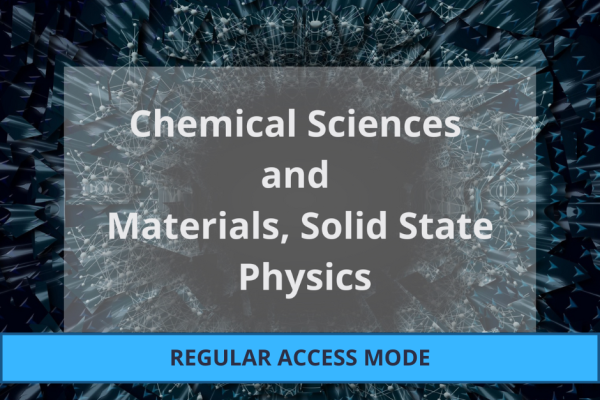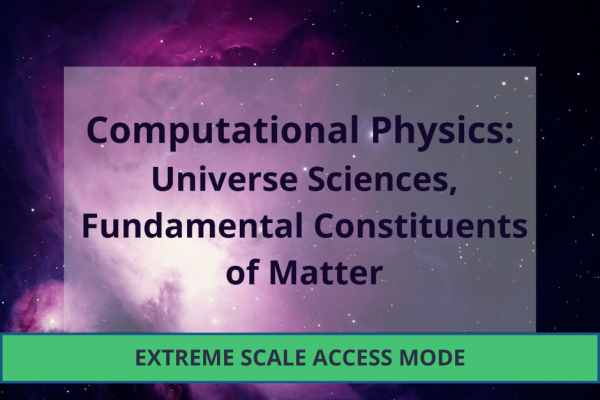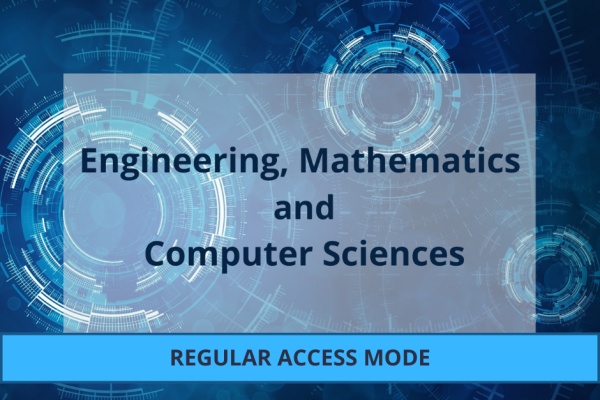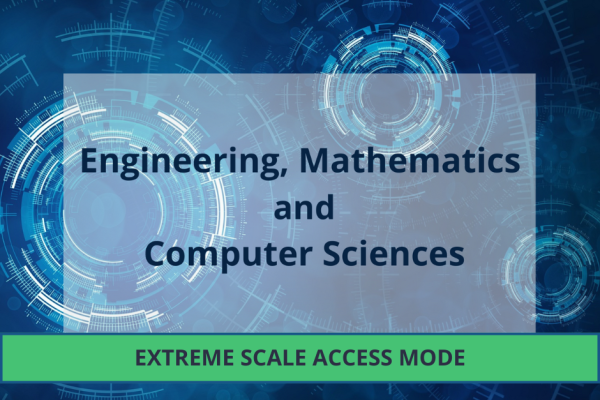Filter by
Awarded Projects (325)
RSS
Pentameric ligand-gated ion channels (LGICs) are central receptors of electrochemical signaling in cells across evolution, in particular as the major mediator of fast synaptic transmission in the vertebrate nervous system.

The goal of this study is to investigate how combinatorial histone isoforms might be used to encode new physiological signals.

This project proposes a novel experimental suite for sign language translation that compares unsupervised tokenization strategies through novel vector quantization methods used in speech.

High Entropy Alloys (HEAs) are a new class of random solid-solution alloys that present impressive mechanical properties, making them attractive for many applications. However, the physical mechanisms underlying the strengthening of HEAs remain unknown.

Our understanding of Nature depends on our ability to validate, with experiments, theoretical predictions for observable quantities.

The Jurilabs project aims to develop a virtual legal assistant based on a set of large language models that will address these specific challenges.

Natural language processing plays an increasingly important part of our digital lives but it works best for high-resource languages due to the amount of data needed to train models.

The combination of cutting-edge HPC platforms, pioneering Artificial Intelligence (AI) methodologies, and High-Performance Data Analytics (HPDA) techniques are expanding horizons for aeronautical engine design and optimisation.

The project aims to perform the first simulation of a wave energy farm using high-fidelity numerical modelling to anticipate the effects of arraying wave energy converters (WECs) within the same sea stretch.

With the introduction of the transformer neural network (Vaswani et al. 2017) and the subsequent transformer language models (LM) such as GPT (Radford et al. 2018) and BERT (Devlin et al. 2018), they have become the new standard of a pre training-fine tuning paradigm.